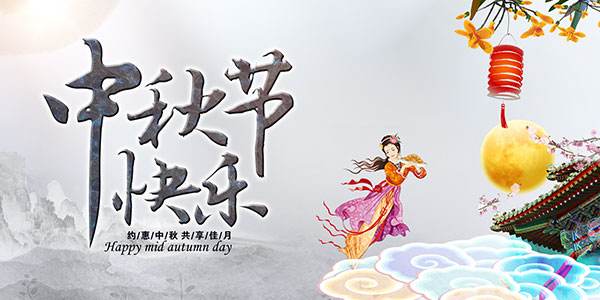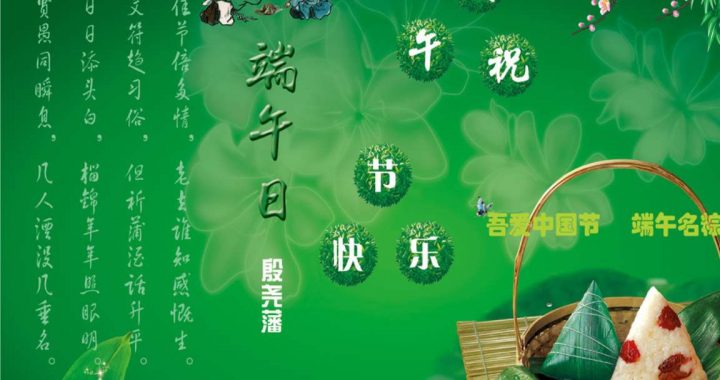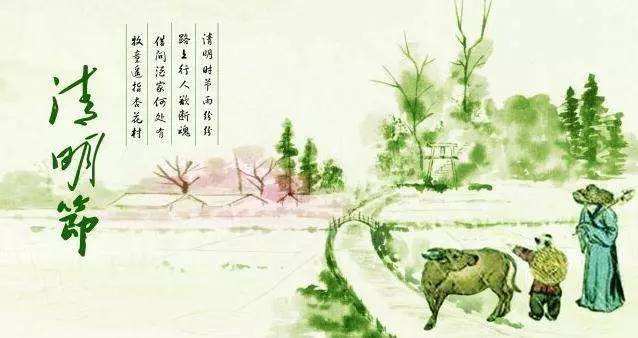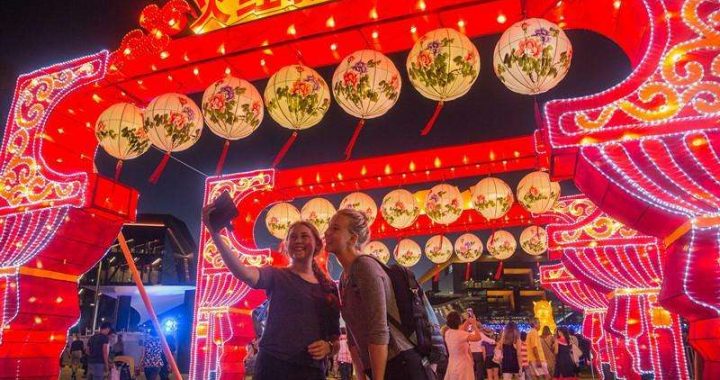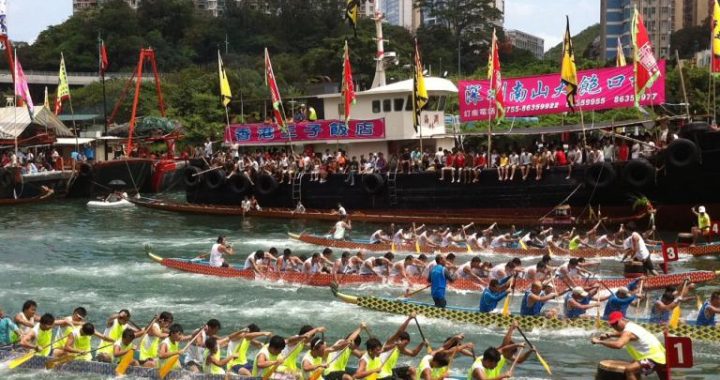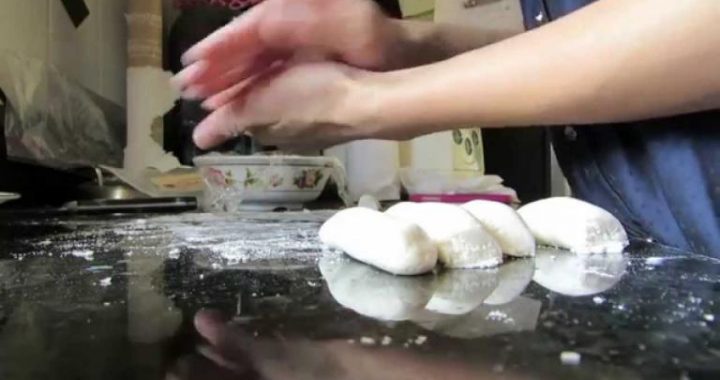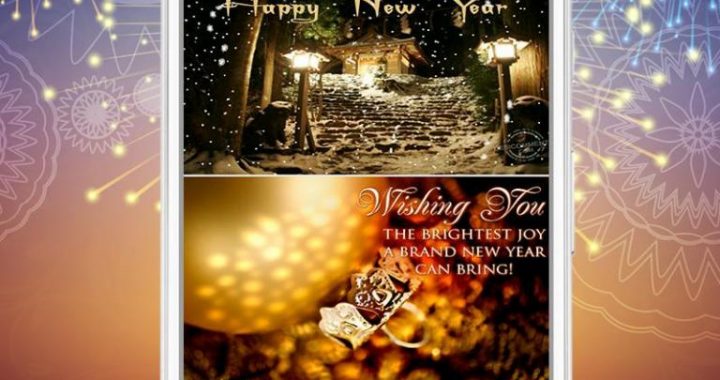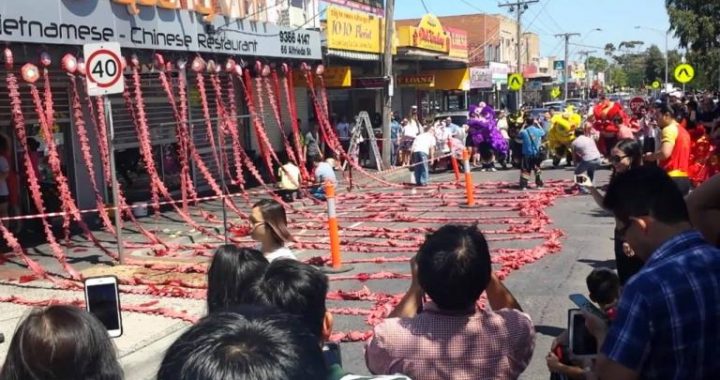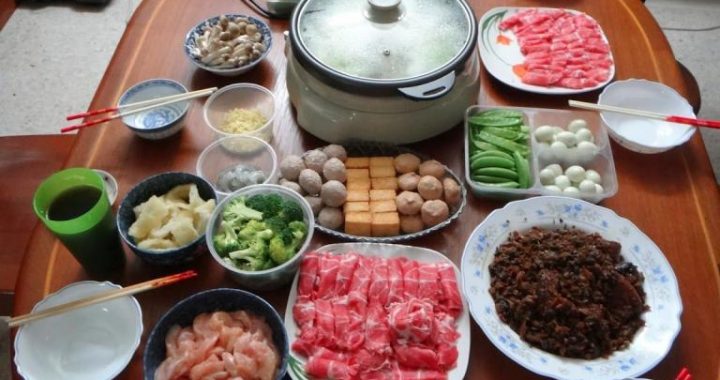Resplendent Festivals in Sui, Tang and Five Dynasties
9 min readSui and Tang dynasties enjoyed the highest prosperity in ancient China with its thriving economy, opening politics, frequent international exchange and exuberance of Buddhism and Taoism. In this period, people’s thinking was also freer and more open. They often celebrated festivals with a more relaxed and entertaining feeling and festivals in this period revealed universal jollification and prosperity. Besides, religious influence was a ubiquity infestivals; some foreign customs could also be seen in the festival customs in this period.
Most festivals in Sui, Tang and Five Dynasties followed the customs of previous time, such as Yuandan, Spring Begins, Renri, Huiri, Yuanxiao, Sheri(Chunshe, Sacrifice Day in Spring, and Qiushe, Sacrifice Day in Autumn), Shangsi, Duanwu, Qixi, Chongyang, Winter Solstice and the Lunar New Year’s Eve. After middle Tangdynasty emerged some new festivals and new customs like the Emperor’s Birthday and Zhonghe Festival. The two festivals of Qingming and Hanshi became one, in which people sweep the tombs of their ancestors. Yuanxiao Festival began to have the custom of lighting lanterns.
Zhongqiu Festival came into being with the custom of enjoying the moon.
1) New Festivals: Emperor’s Birthday and Zhonghe Festival
Before Sui and Tang, the emperor’s birthday was a private event for the emperor himself and there was seldom public birthday celebration. In Emperor Xuanzong’s reign, the whole Tang Empire obtained peace and prosperity. So many court officials appealed to have the emperor’s birthday as an important festival, for which all people might feast and celebrate. In the seventeenth year of Kaiyuan period (729), Emperor Xuanzong (Li Longji)’s birthday(the fifth day of the eighth month) became the Qianqiu Festival (Qianqiu, literally means a thousand years, here means birthday). In Qianqiu Festival, the whole nation would have a three-day holiday. There would also be grandbanquets, remission of prisoners, creating poems and music and awarding officials with largess like bronze mirror and silks. Officials from different places would also present famous and precious products to the emperor to express their best wishes.
After Emperor Xuanzong, emperors in later dynasties all followed suit and set their birthday as a festival for the whole nation. The tradition stopped for fifty years before Emperor Wenzong of Tang dynasty, but it was resumed and never stopped even in the turbulent Five Dynasties and Ten Kingdoms period. As it was initiated by Emperor Xuanzong, officials and common people also started to celebrate their birthdays. In Mid-Tang period, it had become very popular for the young ones to congratulate parents on their birthday, and friends or couples also started to celebrate birthday for each other.
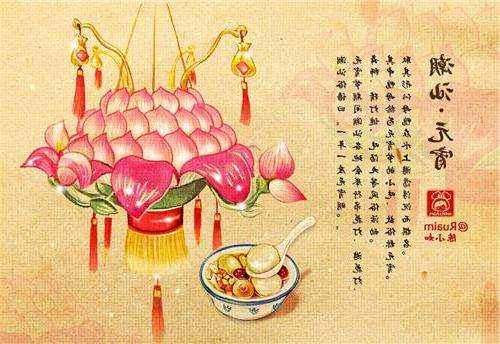
Zhonghe Festival originated in Mid-Tang. According to the Old Tang History, Emperor Dezong gave the order in the first month of the fifth year of Zhenyuan that the first day of the second month in lunar calendar was fixed as Zhonghe Festival, which was listed together with Shangsi and Chongyang festivals as the Sanling (sanling means three seasons) festivals. The court and local officials would have one day off and have banquets when it was Sanling festivals.
Emperor Dezong’s purpose of setting Zhonghe Festival was to emphasize the importance of agriculture. Li Bi,a minister, wrote to the emperor and suggested that on Zhonghe Festival, all officials should write about agriculture, officials in charge of agriculture should present fine seeds. So Zhonghe Festival showed the emperor’s concern on agriculture and agriculture production. In the reign of Emperor Dezong, any killing was forbidden on Zhonghe Festival. The emperor would feast together with close officials. In bad weather like rainy or snowy day, the banquet may be put off. Usually there would be singing and dancing performance. People from all walks of life would celebrate the festival with banquet. After Emperor Dezong, banquets in Zhonghe Festival were not as grand or significant, and the Sanling festivals were not as popular either.
2) Thriving Economy and Prosperous Festivals In Sui and Tang dynasties, the custom of staying up all night at lunar New Year’s Eve was very popular. When emperors were staying up for the New Year, they often lighted sandalwood and needfire and celebrate with jollity in luxury and extravagance to the most extent. EmperorTaizong once described in his poem Staying Up for the New Year what it was like on the New Year’s Eve in the palace: In the luxurious and beautiful palace, at the end of a year when winter snow was melting in chilly air, the plum blossoms presented their beauties in the parterre and pleased people’s nose with their fragrance. The flower-decorated red candles were lit. The emperor and chancellors enjoyed the banquet and the performance for a whole night to celebrate the New Year’s Eve.
The lantern exhibition in Yuanxiao Festival also revealed the prosperity of festivals in this period. In Tang dynasty, curfew was a strict rule. Yet around Yuanxiao Festival, the curfew ban was lifted and flowery lanterns were exhibited for three nights. Everyone, including princes, the nobles and common people, went out to view and enjoy the beauty of stylish lanterns. The exhibition place was so crowded that neither vehicles nor people could turn around, and sometime people would even be lifted off the ground. The prosperity of the lantern festival was surely based on a sound and rich social economy.
In the first year of Kaiyuan period (713) under the reign of Emperor Xuanzong,a massive lantern wheel was exhibited outside Anfu Gate from the 15th to the 17th days of the first month. The lantern wheel with a height of 20zhang (c.1 zhang=3.3 m), was decorated with colorful silk and brocade as well as gold and silver ornaments. About50,000 lanterns were hung on the wheel. Under the wheel there were coquettish maids-in-waiting singing and dancing elegantly. The relatives of the royal family all competed in the extravagance of their lanterns. For example, the children of Yang Guozhong, brother of the famous Imperial Concubine Yang, lit a thousand red candles. And Yang’s sister Lady Han of Consort of State made a lantern tree with hundred boughs and a height of 80 chi (c.1 chi=0.3 m). The light of lanterns could be seen from about 100 li(c.1 li=500 m) away. The folk lanterns were also diversified and made the whole night in Chang’ an City as resplendent as the day time. In Tang dynasty, Chang’ an City was not only decorated with a variety of lanterns, but also with drama and performanceswith singing and dancing under the lanterns. The Yuanxiao Festival was celebrated in such a grand way not only in Chang’ an and Luoyang but also in other cities and towns.
3) Festival Entertainment in a Peaceful World People in Sui and Tang dynasties thought life was precious and should be enjoyed to the full extent, so the festival customs started to include many sports and entertainment activities.
On Qingming or Hanshi Festival fire was forbidden. In order to avoid the harm from eating cold food and keep healthy, people took part in all kinds of sports, including riding on swing, playing football, polo, tug-of-war, cock fighting, etc. In Emperor Xuanzong’s reign, swing racks would be set up in the palace on Hanshi & Qingming Festival, so that all concubines and maids-in-waiting could enjoy themselves on the swing. When they were riding on swings in their colorful silk dress, they were all like fairies flying in the sky with full elegance. Emperor Xuanzong was fascinated by the view and named it “Half-fairy’s Game”.
Then all folks followed suit and riding swing on Qingming Festival became the most popular game at the time. Ball games were also important activities on Qingming Festival.
Football and polo were played not only in the palace but also among the folks and in the army. The polo game,
Polo(Tang dynasty)
which had become less popular since the middle of Weiand Jin, resuscitated itself in Sui and Tang dynasties because of the overall prosperity of the economy, culture and the society. Like Emperor Zhongzong, most emperors in Tang dynasty were fond of playing polo. Emperors Xuanzong, Muzong, Jingzong and Zhaozong were all great fan of the polo game. Besides, cockfighting, which prevailed in the Warring States period, was especially popular in the Qingming & Hanshi Festival in Tang dynasty. In Emperor Xuanzong’s time, cockfighting on Hanshi Festival had become a fashion in Chang’ an, the capital. Many people, both men and women, were engaged in cockfighting. Some of them would even be willing to pay all his fortune for a good fighting cock.
Cock Fighting(No.285 Mural from Mogao Grottos,Dunhuang)
In Emperor Xuanzong’s time,zongzi was not only the special food for Duanwu Festival,but also an object for game playing.In Duanwu Festival in palace,zongzi made of glutinous powder would be put on the plate and people who shot at the zongzi with arrow and bow could eat them.
The game had its origin in the palace and later prevailed in the whole Chang’an city.Since then,zongzi shooting activity became a popular folk-custom on Duanwu Festival.
4)Buddhism,Taoism and Festivals in Sui&Tang Dynasties
Buddhism and Taoism had more comprehensive and profound influence in Sui and Tang dynasties.Buddhist festivals in this period were inherited from the Wei,Jin,and Southern&Northern dynasties,including Sakyamuni’s Birthday on the eighth day of the second month,the Bathing Buddha Festival on the eighth day of the fourth month, Ullambana Festival on the fifteenth day of the seventh month and Buddha’s Enlightenment Day on the eighth day of the twelfth month. Taoist festivals included Sanyuan Festivals and the Birthday of Laozi (Founder of Taoism). Most of these festivals were prescribed as legal holiday by the court in Tang dynasty.
What was different from previous period was that the fifteenth day of the seventh month in Tang dynasty was marked with more Taoist characteristics. On that day the Taoists would organize and take part in all kinds of activities, Zhongyuan abstinence ceremony, for instance.
The name was replaced by Zhongyuan Day or Zhongyuan Festival. Birthday of Laozi, the twenty-fifth day of the.
Laozi riding on an ox
second month, was a festival newly formed in this period. In Tang dynasty, on the Birthday of Laozi, people would have one day off just like on the Birthday of Buddha. The Taoist would have Taoist ceremony and chant Tao Te Ching (Classic of the Way and Virtue).
Besides Buddhist and Taoist festivals, many other festivals had customs related to Buddhism and Taoism. For example, in Tang dynasty the fifteenth day of the firstmonth was called Shangyuan Day, which is a Taoist name.
As the government attached great importance to Buddhism, which had the rule of prohibiting slaying, fishing or hunting, in Yuandan, Duanwu, Chongyang, the Emperor’s Birthday, Sacrifice Day in Spring (Chunshe) and Sacrifice Day in Autumn (Qiushe) festivals, all Buddhists, even the emperors, chancellors and all folks had to eat vegetarian food instead of fresh fish or meat, so vegetarian food became the festival food of Shangyuan Festival.
5) Prevailing of Customs from Foreign Tribes in the Time of Opening
Tang dynasty was a dynasty well known for its opening policy. As the country was more developed and different ethnic groups began to combine with each other, people from Tang dynasty were more ready to accept exotic customs. Thus many exotic customs, especially festival customs, became very popular at the time. On the Emperor’s Birthday, there would be various performances in the palace given by actors and actresses from foreign tribes.
Among the folks, exotic dancing and music were popular aswell. The verse in Li Bai’s poem Mountain-climbing on the Double Ninth Day,”Men from nomadic tribes blowing jade flute, Women from Yue area playing Pipa”revealed the presence of nomadic people and nomadic music in Chongyang Festival. Another poet Liu Yuxi described nomadic people’s Tashkend Dancing in his Two Poems on Tashkend Dancing, in which the verse “If you want to see the most beautiful, please watch the dancing in the festival”told us that in his time dancing was usually performed in festivals. The Tashkend Dancing was a folk dance from Central Asia. Besides music and dancing, nomadic people’s food also found its popularity in festivals of Tang dynasty.
The pancake made by nomadic people was an example.A Japanese monk named Ennin recorded in his Ennin’s.
Bronze figure doing nomadic people’s jumping dance, Tang dynasty Diary:the Record of a Pilgrimage to China in Search of the Law that“On Spring Begins,nomadic pancake and temple congee were ordered to be given to people in need.
Nomadic pancake was popular at the time and all common people likedit.”
